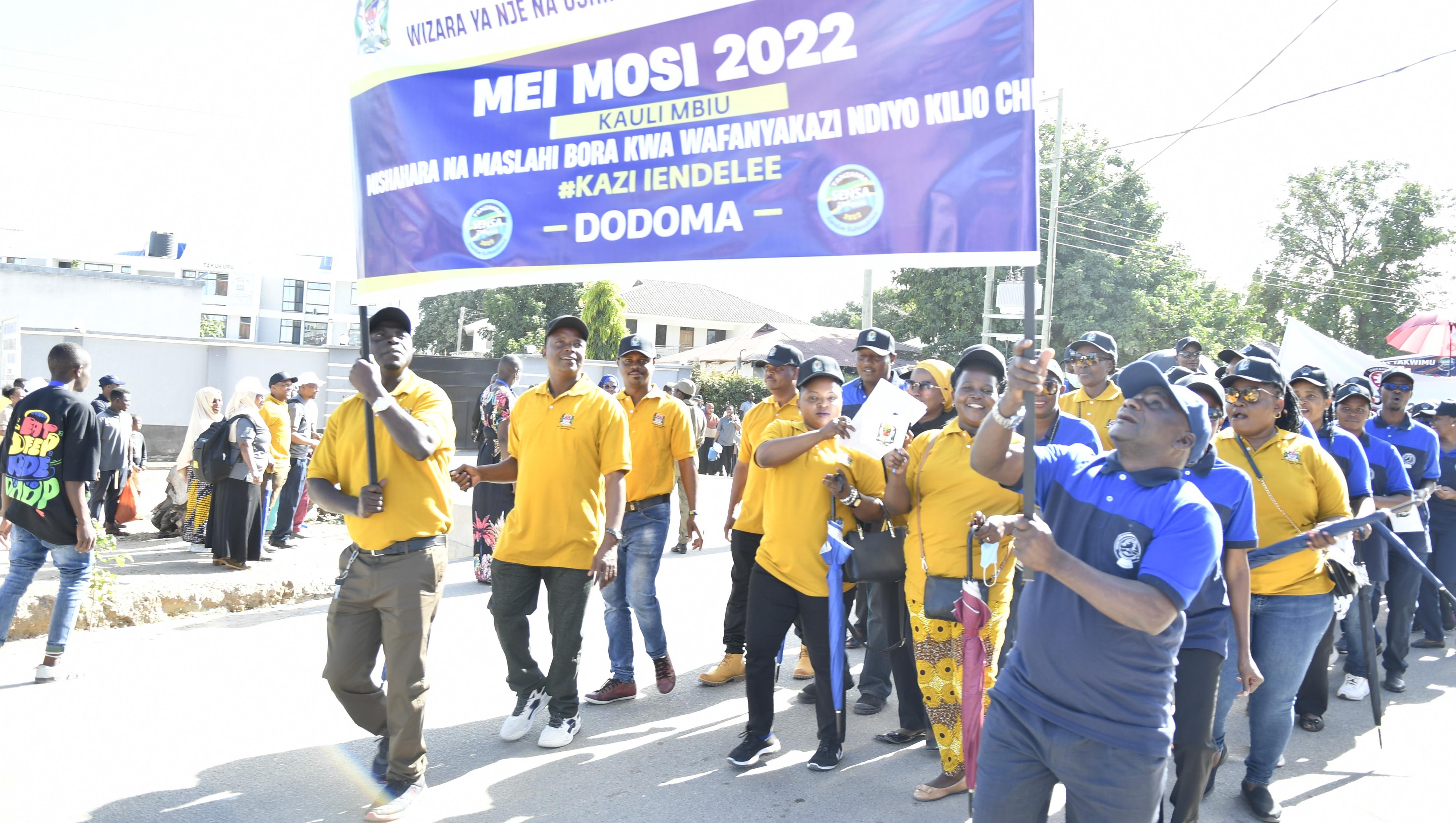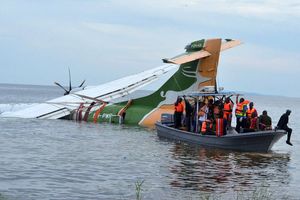US is Tanzania’s top source of tourists

What you need to know:
- Tanzania received a total of 107,361 tourists from North America (the US, Canada and Mexico) in 2017, with the US alone accounting for 81 per cent or 87,238 of the total number, according to data compiled by the Natural Resources and Tourism ministry.
Dar es Salaam. The United States is Tanzania’s leading source of international tourists.
Tanzania received a total of 107,361 tourists from North America (the US, Canada and Mexico) in 2017, with the US alone accounting for 81 per cent or 87,238 of the total number, according to data compiled by the Natural Resources and Tourism ministry.
The UK, Germany, Italy and India completed the top five list, bringing to Tanzania 66,491, 58,370, 49,909 and 39,115 visitors respectively.
Israel, France, China, Netherlands and Canada came in sixth, seventh, eighth, ninth and tenth positions respectively.
The number of Chinese tourists who visited Tanzania dropped to 29,224 last year from 34,472 in 2016.
Plans are afoot for the national carrier, ATCL, to operate flights to China and India with its newly acquired Boeing 787-8 Dreamliner. The flights are expected to boost the number of tourists from those countries visiting Tanzania.
ATCL managing director Ladislaus Matindi said at the Dar es Salaam International Trade Fair (DITF) last week that the company will deploy the plane on the Dar es Salaam-Kilimanjaro route as it finalises preparations to launch flights to India and China.
ATCL director of operations Richard Shaidi said domestic routes – to be undertaken for only one month – are meant to give pilots and cabin crew members enough time to get used to features of the aircraft before it goes on the much-awaited India and China routes.
Biggest spenders
Though India and China are on positions five and eight respectively in terms of the number of international visitors they bring to Tanzania, a survey by the National Bureau of Statistics (NBS) shows that Chinese visitors are the biggest spenders among foreign tourists coming to the East African nation.
NBS’ 2016 International Visitors’ Exit Survey shows that a Chinese tourist spent an average of $541 (about Sh1.2 million) per night in 2016.
This is about three times the overall average expenditure per person per night of $178 for tourists from other countries. Visitors from the UK, US, South Africa, Australia, France and Canada spent above the national average of $178 per person per night, but their average expenditure was far below what the Chinese spent.
Analysts are of the view that the decision to deploy direct flights between Tanzania and India/China may have some positive results for the East African nation.
“The Boeing 787-8 Dreamliner is the right type of aircraft and economical to go long routes like those of China and India,” an aviation consultant, Mr Jimray Nangawe, told The Citizen.
He noted, however, that the country now needs to start flying to the neighbouring countries of Zambia, Malawi, Zimbabwe and the DRC among others and bring travellers to Dar es Salaam so that they can connect to overseas destinations.
Multiplier effect
Members of the private sector believe that long haul flights will have a multiplier effect on Tanzania economy in terms of raising the country’s profile on the trade and tourism fronts.
“Though there could be a drop in trade volumes between Tanzania and some of these Asian nations, I believe that might be transitional. We need to take a long term view instead of only focusing on the current situation,” The CEO roundtable of Tanzania (CEOrt) chief executive officer, Ms Santina Benson, told The Citizen.
The Tanzania Private Sector Foundation (TPSF) executive director, Mr Godfrey Simbeye, shared similar sentiments.
“A strong national carrier becomes a catalyst of aviation activities which bring about an impact on employment, which may be direct in the air transport industry or indirect,” said Mr Simbeye.
The International Air Transport Association (Iata) forecasts that direct employment by airlines will exceed 2.7 million worldwide this year.
Indirect impact covers employment and activities of suppliers to the air transport sub-sector including aviation fuel suppliers, in-flight catering services providers, duty free shops and business service centres.
Additional reporting by Alex Malanga



